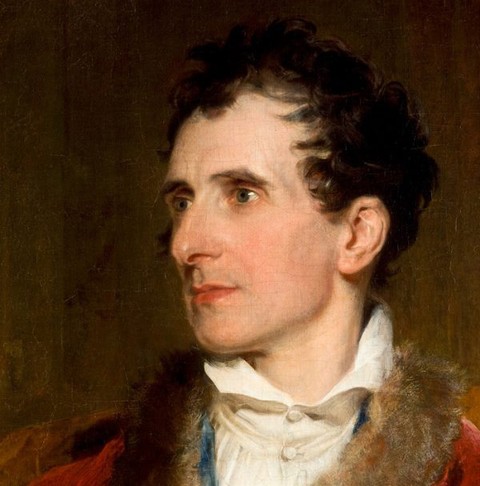
Neoclassicism, the cultural and artistic movement that started in the middle of the eighteenth century as a reaction to late Baroque and Rococo, and spread throughout Europe and overseas, had one as one of its greatest exponents the Venetian sculptor Antonio Canova.
Born in Possagno, on the hills of Treviso, in 1757, he began at just nine years of age his apprenticeship at the Venetian workshop of Giuseppe Bernardi 'il Torrettino'. At the age of just seventeen, he opened his own atelier, thus launching an activity destined to reap great success in the lagoon.
His fame spread further after he moved his atelier to Rome, which resulted in a series of jobs for the highest levels of society, for popes and emperors, princes and aristocrats throughout Europe.
In 1768, Canova began to work as a sculptor in Torretti's atelier in Pagnano d'Asolo, not far from Possagno.
That environment was for the young Antonio a genuine art school. It was the Torretti who were to introduce him to the Venetian world and its rich and multifaceted cultural and artistic life.
In Venice, Canova attended figure drawing class at the Academy of Fine Arts and studied drawing, taking inspiration from the plaster casts in the Filippo Farsetti Gallery.
Canova's works that can still be admired in Veneto are numerous, especially in Venice: suffice it to recall the Neoclassical Halls of the Correr Museum, which houses the first youthful masterpieces of the sculptor, as the Orpheus and Eurydice taken from the garden at the Villa Falier at Asolo, two Fruit Baskets, already at the Farsetti Gallery, and the group of Daedalus and Icarus from Ca' Pisani.
In Padua, the Musei Civici retain the portrait of Alvise Vallaresso as Asclepius, the Stele Giustiniani, as well as the statue of Giovanni Poleni already in Prato della Valle (now replaced in situ by a copy), the work of the master, in turn depicted in the sculptures of the famous Paduan piazza.
But it is without doubt Possagno, where Canova loved to retire during rest periods - and where he planned a to build a church with neoclassical forms, the 'temple' which now houses his tomb - that offers the richest collection, the most important and useful for understanding the works of the great sculptor.
A few years after the Canova’s death, his step-brother, Bishop Giovan Battista Sartori, closed the artist’s Rome atelier and moved all the materials that there were still preserved to Possagno, to a large building adjacent to the birthplace of the sculptor. Shortly after the middle of the nineteenth century the collection was transferred to the Municipality as well as the sculptor's house, in which Canova's paintings are on display, and the Gipsoteca, where Canova delighted in the tranquillity of the native village.
More information